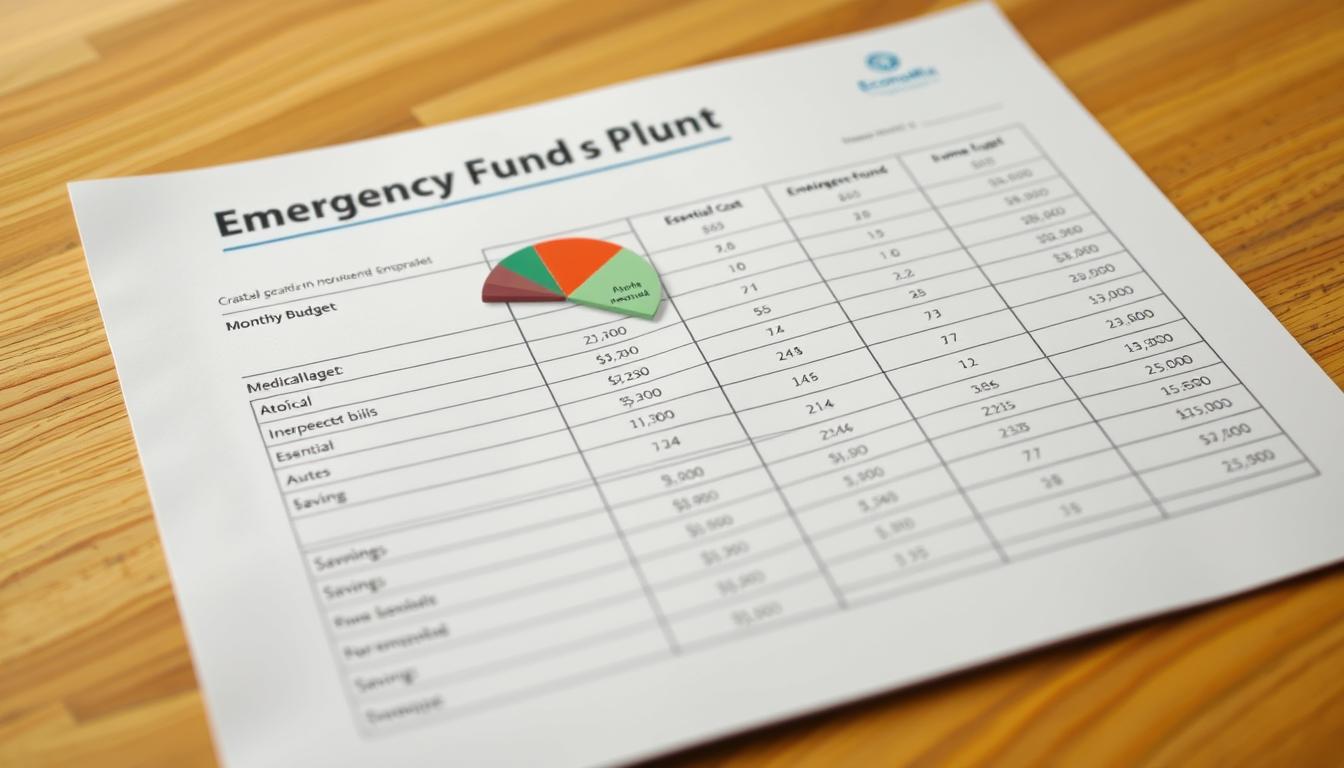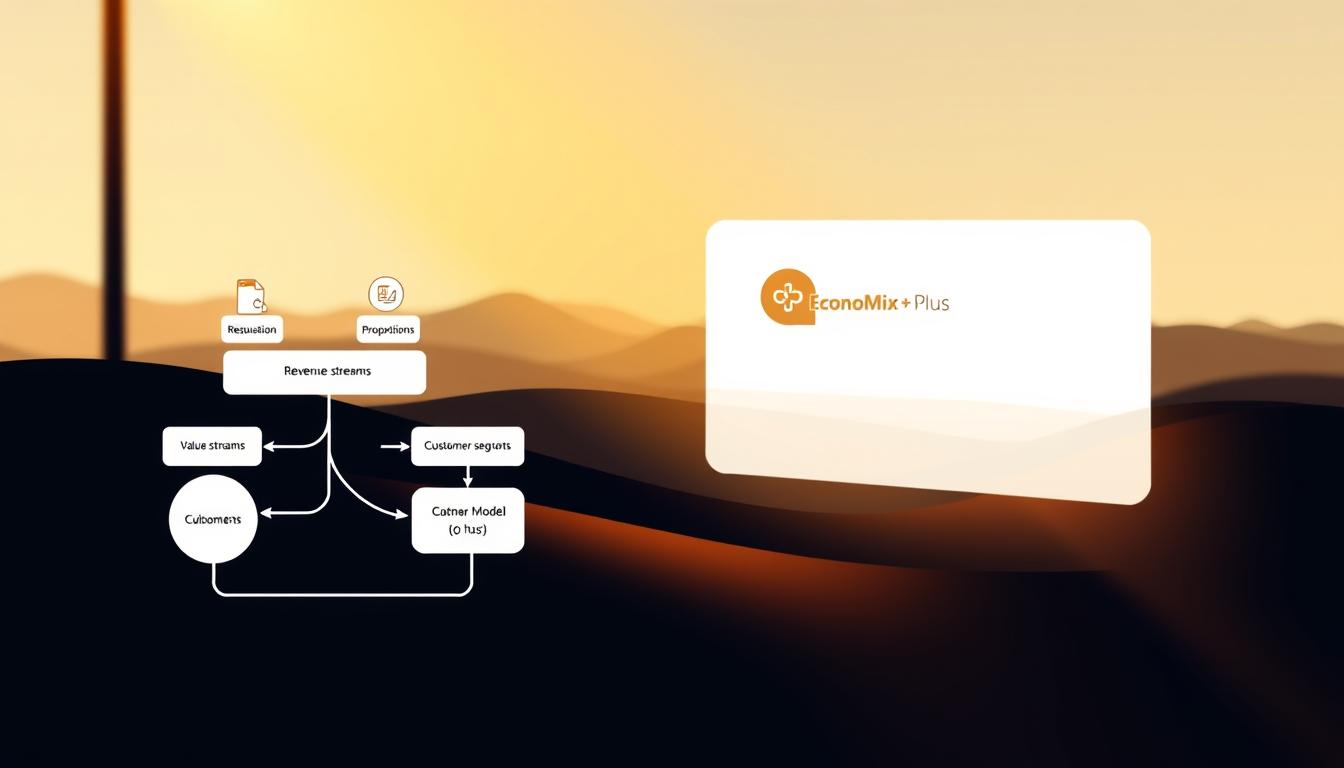“Financial peace isn’t the acquisition of stuff. It’s living below your means on purpose,” said Dave Ramsey. This quote emphasizes the importance of managing your finances effectively, which includes being prepared for unexpected expenses. Having an emergency fund in place can be a lifesaver during financial crises, helping you avoid debt and stay on track with your financial goals.
Life is unpredictable, and unexpected expenses can arise at any moment. According to a report by the Federal Reserve Board, nearly 40% of Americans can’t cover a $400 emergency expense. Creating a personal budget that includes an emergency fund is crucial for financial stability. This article will guide you through understanding what an emergency fund is, why it’s essential, and how to incorporate it into your budget planning. You can learn more about building an emergency fund from the Consumer Financial Protection Bureau.
Key Takeaways
- Understand the importance of having an emergency fund for financial security.
- Learn how to assess your current financial situation and track expenses.
- Discover strategies for building an emergency fund from scratch.
- Find out how to properly manage and maintain your emergency fund.
- Gain insights into creating a sustainable budget that includes emergency savings.
Understanding Emergency Funds and Their Importance
An often-overlooked aspect of financial planning is the establishment of an emergency fund to mitigate financial shocks. Understanding what constitutes an emergency fund and its significance is crucial for maintaining financial stability.
What Is an Emergency Fund?
An emergency fund is a dedicated cash reserve specifically set aside to cover unexpected expenses or financial emergencies that fall outside your regular monthly budget. It’s a financial safety net that prevents you from going into debt when unexpected situations arise.
Why Emergency Funds Are Essential for Financial Security
Financial security depends heavily on having accessible emergency savings. Research shows that individuals without such funds often rely on credit cards or loans to cover unexpected expenses, leading to debt cycles. Having an emergency fund provides peace of mind and financial stability during life’s unpredictable moments.
Common Financial Emergencies to Prepare For
Common financial emergencies include medical expenses, car repairs, home maintenance issues, job loss, and unexpected travel for family emergencies. Being prepared for these events can help you navigate financial challenges without derailing your overall financial goals.
Assessing Your Financial Situation
Evaluating your financial health is essential to determining how much you can save each month. To do this, you need to have a clear understanding of your income and expenses.
Calculating Your Monthly Income
Start by calculating your total monthly income from all sources, including your primary job, side hustles, or any other regular income streams. This will give you a clear picture of how much money you have available each month.
Consider using online banking tools or budgeting apps to make tracking your income easier.
Tracking Your Current Expenses
Create a comprehensive list of your current expenses, categorizing them as fixed (rent/mortgage, insurance, loan payments) and variable (groceries, entertainment, dining out). Tracking your spending for at least one month will help you understand where your money is going.
Identifying Areas for Potential Savings
Analyze your spending patterns to identify areas where you might be overspending or where you could potentially cut back to free up money for your emergency fund. Look for “money leaks” – small, recurring expenses that add up over time but don’t provide significant value.
| Expense Category | Monthly Cost | Potential Savings |
|---|---|---|
| Groceries | $500 | $100 |
| Dining Out | $200 | $150 |
| Subscriptions | $100 | $50 |
By assessing your financial situation, you can determine how much you can realistically allocate toward emergency savings each month. Consistency is key to building a robust emergency fund.
“The key to saving is to start small and be consistent. Even saving a small amount regularly can add up over time.”
How to Create a Personal Budget Including Emergency Funds
Creating a personal budget that includes emergency funds is a crucial step in securing your financial future. This process involves several key steps that help you manage your finances effectively and ensure you’re prepared for unexpected expenses.
Setting Up Budget Categories
To start, you need to establish clear budget categories that reflect your financial priorities and spending patterns. Begin by setting up essential expense categories like housing, utilities, transportation, groceries, healthcare, and existing debt payments. This ensures your basic needs are covered first. As “The first place to look is your budget”, you should identify areas where you can cut back on unnecessary expenses.
Allocating Funds to Essential Expenses
Once you have your budget categories, allocate funds to your essential expenses. This includes rent/mortgage, utility bills, groceries, and minimum debt payments. You should prioritize these expenses to ensure you have a roof over your head and food on the table. By doing so, you’ll be able to “free up an extra $200 a month to put into your emergency fund” by cutting back on non-essential spending, such as reducing your cable subscription or dining out.

Incorporating Emergency Fund Contributions
Create a dedicated category specifically for emergency fund contributions, treating this as a non-negotiable expense. Determine a realistic amount to allocate to your emergency fund each month based on your financial assessment. Even a small, consistent amount can add up over time. Consider automating your emergency fund contributions by setting up automatic transfers from your checking account to your emergency savings account on payday.
Tools and Apps for Budget Management
Utilize budgeting tools and apps that can help you track expenses, set savings goals, and monitor your progress toward building your emergency fund. Explore various budgeting methods such as the 50/30/20 rule or zero-based budgeting to find an approach that works for your situation. By leveraging these tools and strategies, you’ll be better equipped to manage your finances and achieve your financial goals.
Building Your Emergency Fund
Building an emergency fund is a crucial step in securing your financial future. It’s a process that requires careful planning, discipline, and a clear understanding of your financial goals.
Determining Your Emergency Fund Goal
Most financial experts recommend saving between three to six months’ worth of living expenses. The exact amount depends on your job stability, number of dependents, and overall financial situation. Decide on a target savings amount and a date to achieve your goal. Writing it down and posting it in a visible location can help you stay committed.
Starting Small: The First $1,000
Start by saving your first $1,000, which can cover many common emergencies and provide momentum to continue building your fund. This initial goal is achievable and gives you a sense of accomplishment.
Strategies to Accelerate Your Savings
To accelerate your savings, consider reducing discretionary spending, selling unused items, or allocating windfalls like tax refunds directly to your emergency fund. Taking on temporary side hustles or freelance work can also boost your contributions.
Making Saving Automatic
Make saving automatic by setting up recurring transfers from your checking account to your emergency savings account on paydays. This way, you remove the temptation to spend before saving. Use visual tracking methods to monitor your progress and stay motivated.

Managing and Maintaining Your Emergency Fund
Managing your emergency fund is just as important as building it, ensuring you’re prepared for any financial surprises. Proper management involves deciding where to keep your fund, knowing when to use it, and how to replenish it after use.
Where to Keep Your Emergency Fund
Choosing the right place for your emergency fund is crucial. Consider a dedicated account at a bank or credit union for safety and accessibility. Alternatively, you might keep a portion in cash for immediate needs. It’s essential to balance accessibility with the temptation to spend on non-emergencies.

When to Use Your Emergency Fund
Use your emergency fund for true emergencies like job loss, medical emergencies, or critical repairs. Avoid using it for non-essential expenses. Be cautious not to substitute your fund with credit card debt, as it can lead to high-interest financial challenges. For more information on managing your finances during emergencies, visit Economix Plus.
Replenishing Your Fund After Using It
After using your emergency fund, make replenishing it a priority. Temporarily increase your contributions or redirect money from discretionary spending. Regularly review your fund to ensure it aligns with your current expenses and financial situation.
Conclusion: Securing Your Financial Future
Building a personal budget with emergency funds is a proactive approach to managing your finances and reducing financial stress. By following the steps outlined in this article, you’ve learned how to assess your financial situation, create a structured budget, and systematically build an emergency fund that protects you from unexpected expenses.
Your emergency fund acts as a financial safety net, preventing you from relying on credit cards or loans during difficult times. This helps you avoid the debt cycle that many struggle with. As your life circumstances change, your budget and emergency fund should evolve, requiring regular reviews and adjustments.
Developing healthy money habits, including mindful spending and consistent savings, is key to financial security. The discipline you develop while building your emergency fund can be applied to other financial goals, such as saving for retirement or funding education. By maintaining your emergency reserves and practicing your savings skills, you’ll be better equipped to handle life’s financial challenges.













